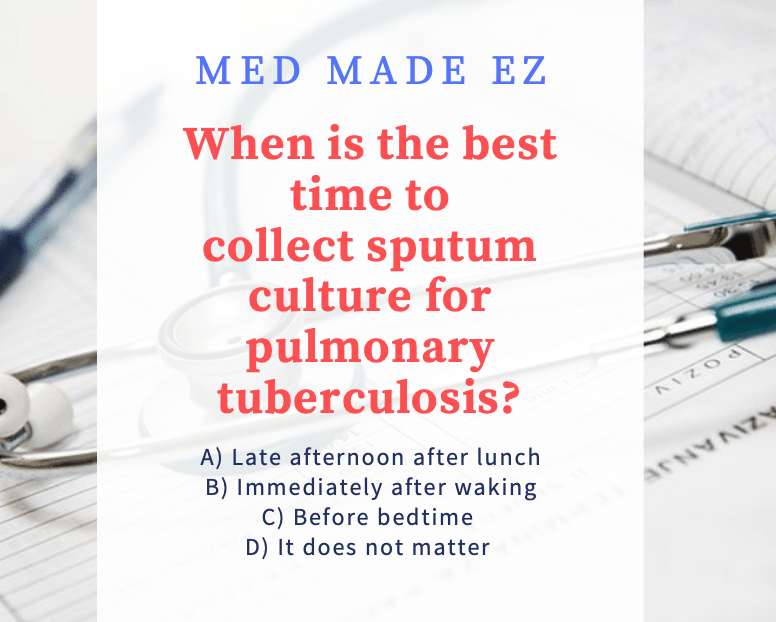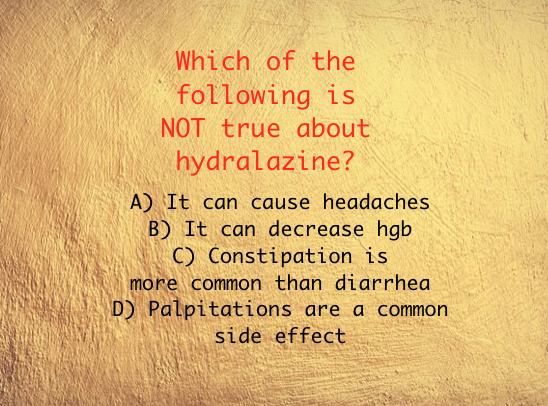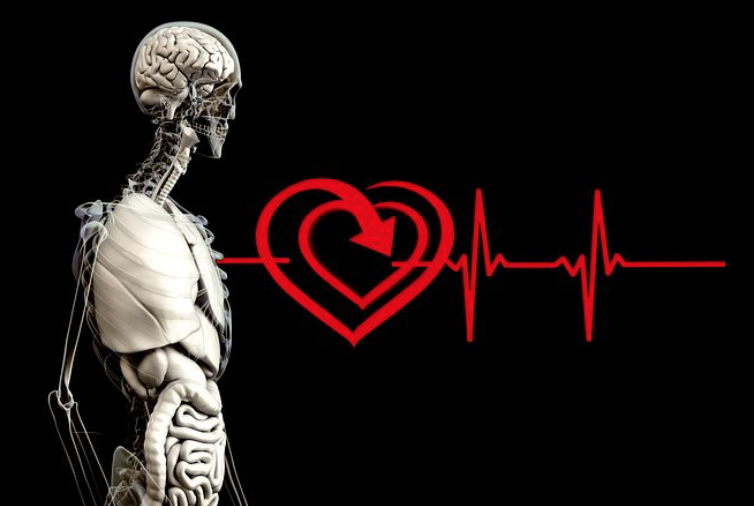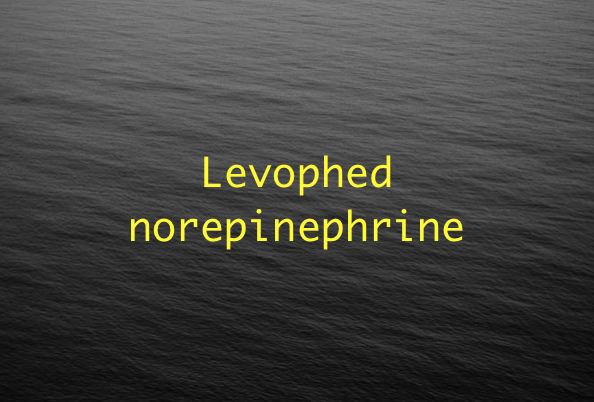AKA: Lung clot, PE
SYMPTOMS: Shortness of air, dyspnea, chest pain, potential leg pain (if DVT first), chest tightness, anxiety, coughing (sometime with blood), diaphoretic
PHYSICAL EXAM: Tachypnea, tachycardia, hypotension, cyanosis, low 02 saturation
RISK FACTORS: Current DVT, PE or DVT history, Long period best rest, Recent long travel (road trip, plane), family history, clotting disorder (Factor V Leiden), malignancy, birth control, estrogen, smoking, recent surgery, implantable devices, obesity
LABS & TESTS: May consider EKG, Cardiac enzymes, CXR, BNP, ABGs, etc., first depending upon the situation, in order to r/o other causes. More specific tests, if PE specifically suspected, are: D-dimer, CT of chest with contrast (important with contrast), VQ scan if can’t do CT due to renal function (contrast). Will also want to get PT/INR monitoring especially if placed on heparin drip (protocol) and or warfarin.
MEDICATIONS EMERGENT: Lovenox therapeutic dose or the drip below
DRIPS: Heparin (Heparin drip vs SQ Lovenox- usually one or the other)
PROCEEDURES: Inferior vena cava filter (aka: Green filter) (if recurrent and or anticoagulants are contraindicated)
CHRONIC MEDICATIONS: Anticoagulants (Ex: Warfarin)
CONSULTANTS: Pulmonology
TOOLS: Wells Score tool (Score >6 high probability)
WAYS TO PREVENT: Lovenox prophylaxis dose (in hospital, ongoing bed rest, risk to develop), compression stockings, regular physical activity
Note: This is not an all-inclusive list. This is a generalized overview list





